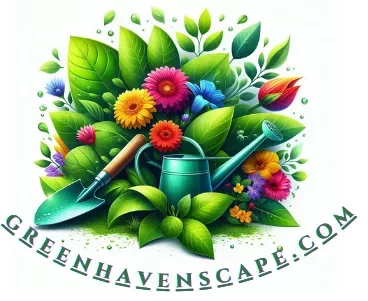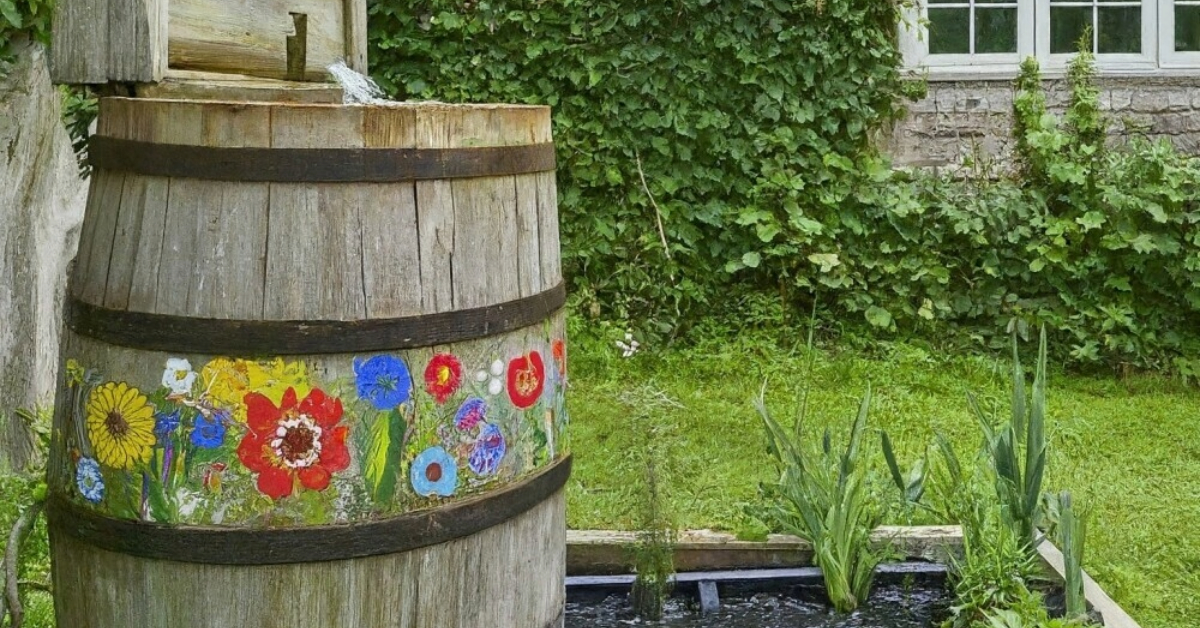
I will let you in on a secret that sustainable gardeners have been tapping into for years: rainwater harvesting. It’s not just a technique to reduce your water bill—it’s a step toward an earth-friendly garden that thrives with the rhythms of nature. If you’re looking to impact the environment while nurturing your green space positively, you’ve come to the right place.
Picture this: each droplet of rain that falls from the sky is a gift for your garden, offering a natural source of water that’s often untapped. Rainwater harvesting is collecting and storing rainwater for future use, and it’s surprisingly simple to get started. This collected rain can revitalize your soil, promote plant health, and reduce soil erosion and water runoff.
You’re probably wonrunoff about ecological benefits. Let me break it down for you. Utilizing rainwater diminishes the demand for municipal water supplies, thus conserving the energy required to treat and pump water for your backyard oasis. And since rainwater is generally free from chlorine and other chemicals in tap water, it’s like hitting the jackpot for organic garden enthusiasts.
Now that you understand the ‘Why,’ you’re ready to move on to the ‘How.’ The following section will discuss the nuts and bolts of creating your rainwater harvesting system. From assembling the essential components to understanding the finer points of water storage, you’ll find out how to support your garden’s vitality with every rainfall.
The Mechanics of Rainwater Harvesting: A DIY Guide for Gardeners
I will explain how to put together your rainwater harvesting system. It may sound complex, but you can set up an efficient and environmentally friendly system with the right tools and guidance.
You’ll start with a few essential components: a catchment area, such as your roof; gutters and downspouts to channel the water; first flush diverters and filters to keep debris out; and storage vessels like barrels or tanks. Make sure your choice of materials aligns with your capacity needs and local climate conditions.
Next, you’ll need to connect the dots. Install gutters if they aren’t already in place, and ensure they feed into a downspout that directs water into your storage system. The first flush diverter is crucial as it helps to discard the initial runoff, which may contain runoffs from the roof. After this, water should pass through filters before it gets stored.
Now, about storing this precious resource: Choose something that resonates with you. It could be a series of rain barrels for a small garden or large tanks for more extensive irrigation needs. Remember that your storage solution should be dark and sturdy to prevent algae growth and withstand the elements.
This isn’t just about collecting rainwater; it’s also about effectively integrating it into your garden. Consider installing a drip irrigation or soaker hose system that can be fed directly from your rainwater reserves. This can be a more efficient watering method that conserves water and gets it right where it’s needed.
Remember, maintenance is critical. Regularly cleaning your gutters, filters, and storage vessels will ensure your system works perfectly for years. Don’t worry too much about getting everything perfect at first; you can constantly adjust your approach down the road.
Maximizing Garden Health with Harvested Rainwater
I will show you how to turn Skyfall into liquid gold for your garden. It’s not just about using less tap water; it’s also about providing the best hydration for your plants. Collecting rainwater is like catching a nutrient-rich cocktail falling straight from the clouds.
Harvested rainwater can be so good for your garden because of its purity. Unlike treated municipal water, rainwater is free of chlorine and dissolved salts. This means it’s gentler on your garden’s soil and its microbiome, the complex world of beneficial bacteria that helps your plants thrive.
You’ll also find out about using your harvested rainwater smartly. For instance, did you know rainwater has a balanced pH and is often slightly acidic? This means it can help free up minerals and nutrients in the soil, making them more available to your plants.
Let’s talk strategy. Drip irrigation, soaker hoses, or even an excellent ol’ watering can – all can be leveraged to use your harvested rainwater to its fullest potential. This strategic watering can be particularly beneficial during dry spells, helping sustain your garden when needed without running up the water bill.
This isn’t just about individual plant care, though. Use that rainwater for composting, too! Water is a crucial element in composting, helping break down organic matter. Adding rainwater to your compost bin accelerates the process and introduces more natural elements.
Choose something that resonates with you, whether creating a rain garden designed to capture runoff and benefit your rainwater system or using rainwater for a greenhouse. Harvested rainwater is versatile, allowing it to be used in various ways to sustain and enhance your gardening practices.
Now, as we discuss the next topic, remember that the value of rainwater harvesting extends beyond your garden fence. There’s much more to consider, especially the legalities and community aspects of collecting rainwater.
Navigating Legalities and Community Aspects of Rainwater Harvesting
I will speak with you about something many overlook: the importance of staying within the lines of the law when it comes to rainwater harvesting. It’s crucial to check the local rules and regulations before setting up your system headfirst. Regulations can vary widely, even within the same country, so doing homework can save you a headache.
But this isn’t just about following rules; it’s also about working together as a community. You’ll learn about your neighbors and the local community’s role in promoting sustainable practices. Collaborating on projects or sharing knowledge can scale up the benefits of rainwater harvesting, transforming individual efforts into a collective triumph for your community.
Engaging in conversations about rainwater harvesting often leads to a ripple effect of awareness and action. Community gardens, educational workshops, and incentive programs are just a few ways people come together to make a difference.
And, if you want some real-world inspiration, I’ll share success stories. These aren’t hypotheticals; they’re concrete examples of communities where rainwater harvesting has substantially impacted sustainability and local water policies.
So, my question today is, how can you start these conversations in your neighborhood? I like to leverage that strategy, fostering a sense of unity and purpose around the simple yet profound act of collecting rainwater. Let’s harness this momentum and make every drop count for our gardens and, more importantly, our planet.

